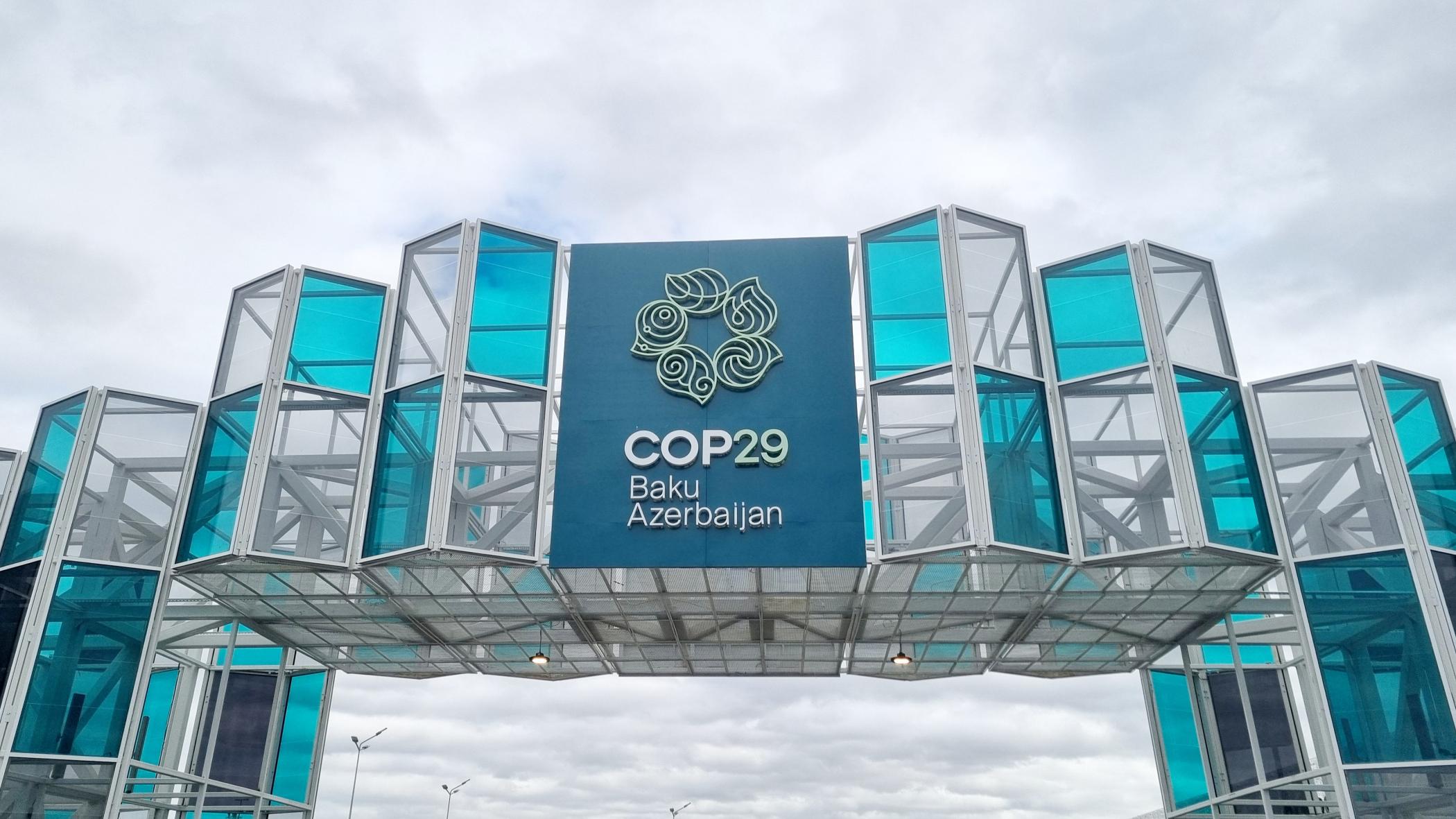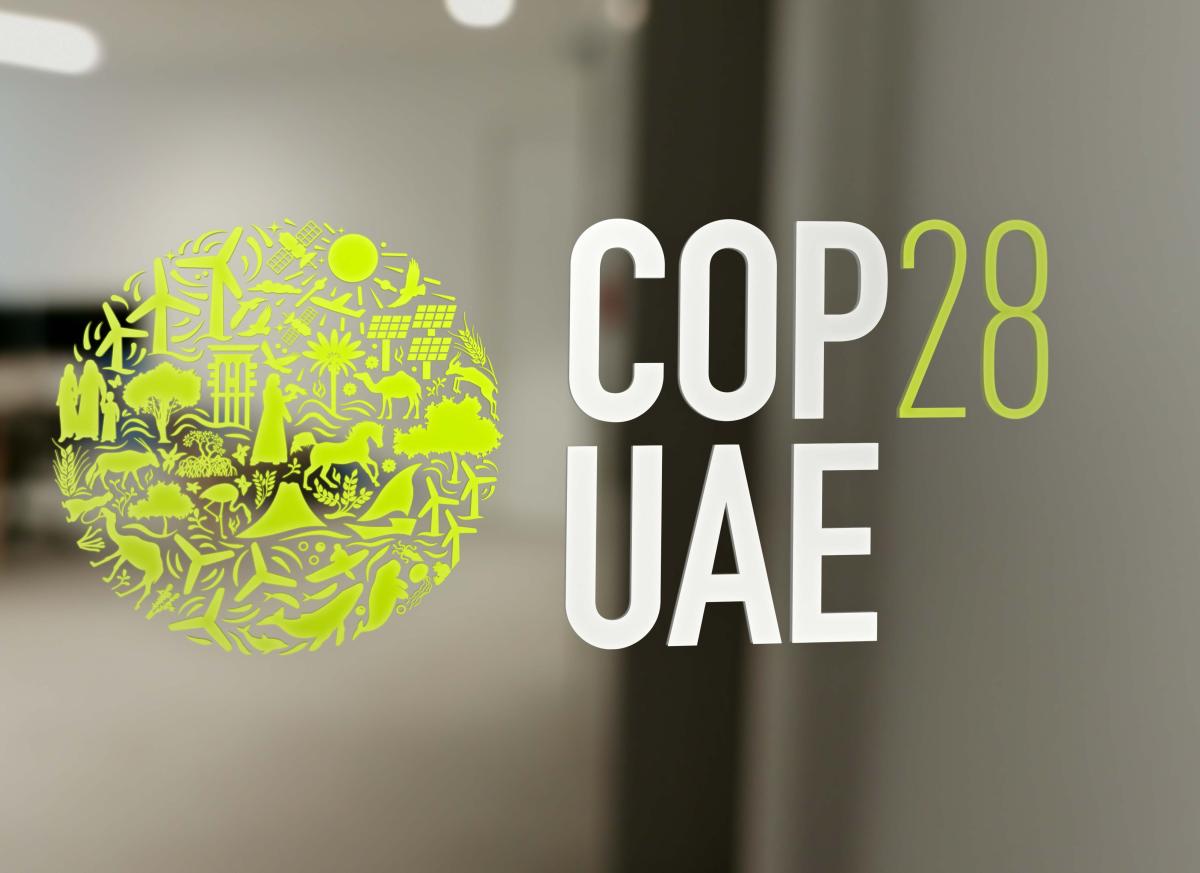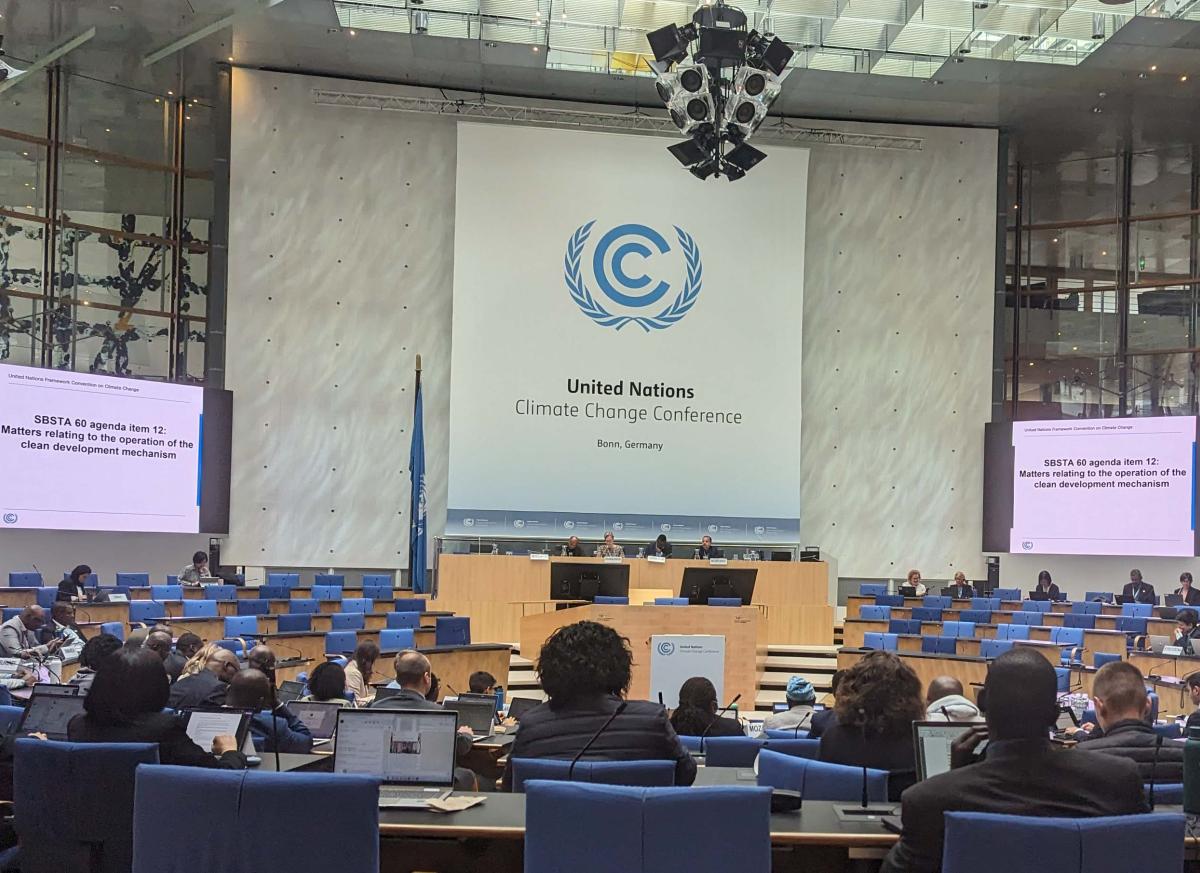Article 6 in focus: Outcomes from COP29

Described as the ‘Finance COP’, market mechanisms under Article 6 of the Paris Agreement were always high up on the Azeri Presidency’s agenda, especially against the backdrop of COP28’s failure to find consensus on this topic. At COP29 agreement was reached on core elements needed to operationalise Article 6.2 and 6.4, starting from 2025. This article unpacks what was on the negotiating table in Baku, and the outcome for each topic.
While the Baku discussions marked an important step in finalising the rules for Article 6, they represent the "end of the beginning" for the operationalisation of market mechanisms under the Paris Agreement. There are still many details to be worked out, but progress is being made, with increasing cooperation between countries and a growing list of projects leveraging Article 6’s mechanisms for carbon trading.
Article 6.2: Decentralised Mechanism for Cooperation
Article 6.2 provides a framework to trade "mitigation outcomes" (such as carbon credits) internationally. This can help countries to meet their Nationally Determined Contributions and the targets of the Paris Agreement, as well as for other purposes such as compliance by airlines with the CORSIA scheme.
Key negotiation topics and outcomes
What counts as a Cooperative Approach?
There was a debate over whether a "cooperative approach" should be strictly defined. While the EU supported bilateral agreements between two countries, the US pushed for the inclusion of unilateral approaches, such as partnerships between countries and private corporations.
- Outcome: The proposed scope and definition of a cooperative approach was removed in the final outcome, allowing more flexibility in how these approaches are implemented whether unilaterally, bilaterally, or multilaterally.
How to establish a Cooperative Approach?
The steps Parties should take to establish a cooperative approach and issue mitigation outcomes, otherwise known as sequencing, have long been under debate, with some viewing it as a sequential process and others wanting a single, streamlined process between the need for government authorisation of the cooperative approach, the internationally transferred mitigation outcomes and the entities involved.
- Outcome: As per [4] of the Article 6.2 text Parties will decide their own sequencing process and key moments, such as when the first transfer of credits occurs. This also has implications for when reporting obligations are triggered.
What transparency and reporting standards apply?
The mechanisms for reporting cooperative approaches and tracking mitigation outcomes were discussed, including the Initial Report, the Annual Information and the Agreement Electronic Format.
- Outcome: Parties were requested to provide certain information in their initial reporting on cooperative approaches as per paragraphs [18] and [19]. A mandatory standardised template for authorisation in [6] was rejected leaving a large degree of flexibility to how a Party does this, though the secretariat will provide a voluntary one.
Can the Mitigation Outcomes be changed?
There were concerns about the degree of flexibility Parties had in terms of their ability to alter the authorisation of a cooperative approach or even revoke certain mitigation outcomes once generated and transferred.
- Outcome: Authorisations, including potential revocation, can occur before their first transfer, but not after, as per paragraphs [7]-[9] and in line with the conditions of the authorisation initially established.
Can mitigation outcomes labelled as “inconsistent” still be utilised?
There were questions about whether cooperative approaches that had been flagged as being “inconsistent” could be used towards nationally determined contributions or for other mitigation purposes.
- Outcome: Parties were requested not to use inconsistent mitigation outcomes, though the text is silent as to whether those units could still be used towards “other international mitigation purposes” in paragraph [41].
How will registries function?
One of the major issues under debate was the interconnectivity between national registries, the international registry and the PACM registry. While several actors wanted the international registry to be able to add a transaction functionality, including the ability to issue units, the US and others wanted to limit the powers of that registry to one that acts as a transaction log that allows “pulling & viewing”. This becomes essentially a question on whether carbon market programmes should enable trade of units or alternate means available.
- Outcome: The international registry has the ability to transact units.
In sum, the Article 6.2 framework as agreed will enable the voluntary development of cooperative approaches, and the international trade in mitigation outcomes they can generate.
That said, it provides a significant degree of flexibility for countries in terms of its utilisation. There is a risk that this flexibility leads to a lack of transparency, and ultimately integrity of mitigation outcomes generated. It is significant, for instance, that there is explicit recognition that even when the international registry is utilised that there is no guarantee those units have environmental integrity.
As a result, there is a need to monitor its implementation carefully and continuously rachet the standard it sets regarding transparency and integrity it requires over time to promote confidence in its use.
Article 6.4: Paris Agreement Credit Mechanism (PACM)
Article 6.4 establishes a centralised mechanism for trading carbon credits, overseen by the Article 6.4 Supervisory Body. The Supervisory Body has been busy these last few years developing a lot of operational guidance, yet a few key pieces have remained outstanding. This, and other aspects regarding its operationalisation were discussed at COP29.
Key negotiation topics and outcomes
Removals and Methodologies Guidance:
The guidance on removals and methodologies returned to the CMA for the third COP in a row, yet unlike other COPs a decision was taken in Baku to gavel them through during the opening plenary where Parties “took note” of them, as opposed to opening the texts themselves up for full discussion by the Parties in the negotiation rooms.
Outcome: The final versions of the methodologies and removals guidance, which were negotiated in an October workshop of the Article 6.4 Supervisory Body, were formally recognised by the CMA, resulting in the following additions:
- Methodologies: An expectation of downwards adjustment across all three baseline approaches per [41]. Investment analysis was selected as the primary tool for additionality testing per [77].
- Removals: Recognition that remediation of both avoidable and unavoidable reversals is required. Establishment of a Reversal Risk Buffer Pool to remediate reversals per paragraph [53] and the proviso that activity participants should maintain insurance to cover risks of avoidable reversals per paragraph [59].
Article 6.4 Supervisory Body’s Work Programme
There was discussion about the Supervisory Body’s pending work programme, including proposals that they would work specifically on ‘durability of storage over climate-relevant time frames’ and ‘large scale crediting’.
- Outcome: A paired back version of the work programme was agreed in paragraph [8] including aspects such as baselines, downward adjustment, standardized baselines, suppressed demand, additionality, and leakage, as well as non-permanence and reversals.
Transition of Afforestation/Reforestation CDM Activities into Article 6.4
COP26 had agreed to a limited carryover of credits from the Clean Development Mechanism (CDM). However, the lack of standards for carbon removals delayed the transition of afforestation and deforestation projects into the new system. In Baku there was a proposal to review the additionality of these transfers to the CDM both for afforestation/reforestation projects as well as for other types such as renewable energy.
- Outcome: Afforestation/Reforestation projects will be allowed to transfer by the end of 2025 as per paragraph [21] without requiring a specific additionality assessment for CDM projects entering the Article 6.4 registry.
As a result of negotiations in Baku, Article 6.4 is ready to be operationalised and is likely to see the first issuance of Art 6.4ER units by mid-2025. The integrity of those units will, however, depend on how rigorous the review of CDM methodologies is, as well as the question of whether or not integrity considerations from the broader voluntary carbon market will also affect buyers' decisions in accessing the Article 6.4 market.
What is still missing for net-zero alignment?
In its current framing, Article 6 does not distinguish between the role of emissions reductions versus removals on the pathway to balancing anthropogenic carbon sources and sinks as required by the Paris Agreement. Because of this, the current mechanism is not net-zero aligned and there is a risk that NDC washing could occur, similar to the allegations of greenwashing that have been apparent in the voluntary carbon market. It will be essential that there is a continuous and science-informed ratcheting-up of rules from the baseline Article 6 sets now in order for it to reach net-zero alignment.
Read more about Article 6
Article 6 in focus: Outcomes from COP28
Injy Johnstone and José Luis Reséndiz from the Oxford Sustainable Finance Group give a behind-the-scenes perspective on Article 6 of the Paris Agreement (carbon markets), shaped by first-hand insights from the negotiation rooms at COP28.
Article 6 in focus: Bottlenecks and breakthroughs at Bonn
Dr Injy Johnstone explores the issues on the table for Article 6 at the Bonn Climate Change Conference 2024 and outlines what has changed after the negotiations.



